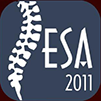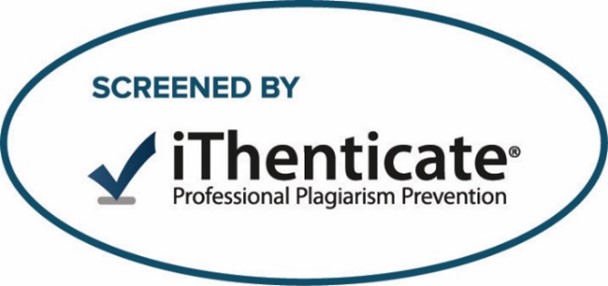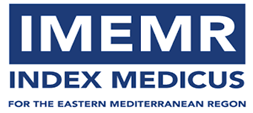Subject Area
Trauma
Article Type
Original Study
Abstract
Background Data: The management of unstable traumatic thoracolumbar fractures has shifted from more conservative treatment towards more operative treatment modalities. Different surgical options have been reported in the literature. Purpose: To review two surgical techniques, anterolateral and posterior approaches, in management of thoraco-lumbar fractures and present a brief literature review. Study Design: A retrospective case series with review of literature. Patients and Methods: Thirty patients managed in the period from October 2012 to November 2016 for thoraco-lumbar burst fractures. Two patients’ groups were identified, group 1 underwent anterolateral fixation and included 15 patients whereas group 2 underwent posterior fixation and included 15 patients. Follow up was done at 3 months, 6 months and one year postoperative using VAS for pain assessment and ASIA scale for neurological status evaluation. Radiological outcome involved the vertebral height restoration, spinal canal compromise and kyphus deformity correction. Operative time, operative blood loss and perioperative complications were all reported for both groups. Results: The most common spinal level affected in our study was L1 vertebra in 10 cases. Operative time and blood loss were found to be significantly less in the posterior approach. A significant improvement of VAS has been reported in both study groups with more improvement in the posterior group compared to the anterolateral one. 93.3% of anterior group patients within the showed either improved or fixed neurological status according to ASIA scale where in posterior group all patients showed either improved or fixed neurological status. The mean canal compromise percentage decreased in group 1 from 69.3% preoperatively to 15.62% postoperative whereas in group 2 it decreased from 66.2% preoperative to 18.8%. Kyphotic angle has been corrected in posterior group from 13.42° preoperative to 11° at 6 months and 12.5° at one year, where in anterolateral group has been corrected from 19.42° to 17.57° and 20.9° respectively with a statistically significant difference between both groups (P<0.01). Conclusion: Our data suggest that both anterior and posterior approach showed no difference in neurological outcome in patients with thoraco-lumbar fractures. However anterior approach was superior to the posterior one in spinal canal compromise clearance and kyphotic angle correction.
Keywords
Thoracabdominal approach, Transpediular, Angular deformity, Dorsolumbar fractures, Spinal canal diameter
How to Cite This Article
Kotb, mohamed; Kotb, Ahmed; Anwer, Hisham; and Khattab, Mohamed
(2019)
"Thoracolumbar Fractures, Posterior versus Anterior Management: A Case Series and Literature Review,"
Advanced Spine Journal: Vol. 30
:
Iss.
1
, Article 2.
Available at: https://doi.org/10.21608/esj.2019.7091.1087




















